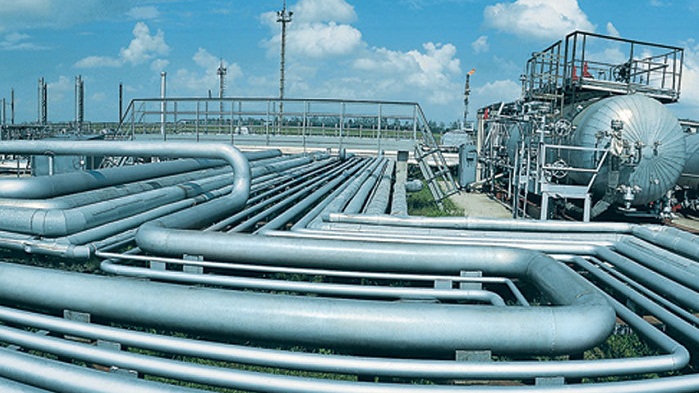He said that in the future it will be possible to supply this gas to the northern regions of Iran.
“In Iran, in winter problems arise with the gas supply to northern regions,” said Abdullayev. “Because of this, SOCAR has to supply additional volumes of gas in these regions as part of swap operations. This may cause some difficulties, and so we held talks, during which we proposed to the Iranian side pumping its gas in our storage facilities in volumes necessary for the subsequent supply of the north of Iran.”
Gas is delivered to Iran in order to meet the gas demands of Nakhchivan Autonomous Republic, which is in the blockade due to occupation of 20 percent of Azerbaijani lands by Armenia. Around 400 million cubic meters of gas was delivered from Azerbaijan to Iran to meet the demands of Nakhchivan Autonomous Republic in 2014 and 2013 each.
Azerbaijan and Iran are connected by the Gazi-Muhammad-Astara-Bind-Biand gas pipeline with a length of over 1,474 kilometers. Some 296.5 kilometers of this pipeline runs through Azerbaijan.
This route is a branch of the Gazakh-Astara-Iran pipeline commissioned in 1971. Three compressor stations were built on its route, namely, in Gazi-Muhammad, Aghdash and Gazakh. The diameter of the pipeline is 1,200 millimeters.
Commercial deliveries of Azerbaijani gas are not carried out. However, Iran has repeatedly expressed intention to purchase up to 5 billion cubic meters of gas from Azerbaijan per year.
Azerbaijan has two underground gas storages facilities, Kalmaz and Garadagh, which are on the balance of SOCAR.
More about:
















































